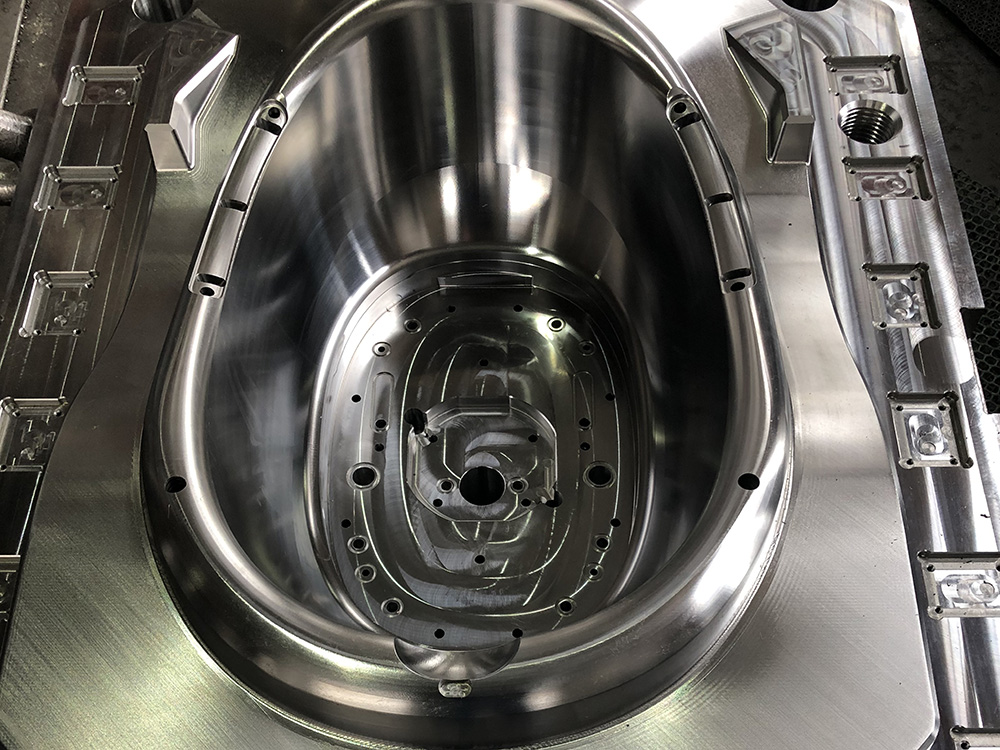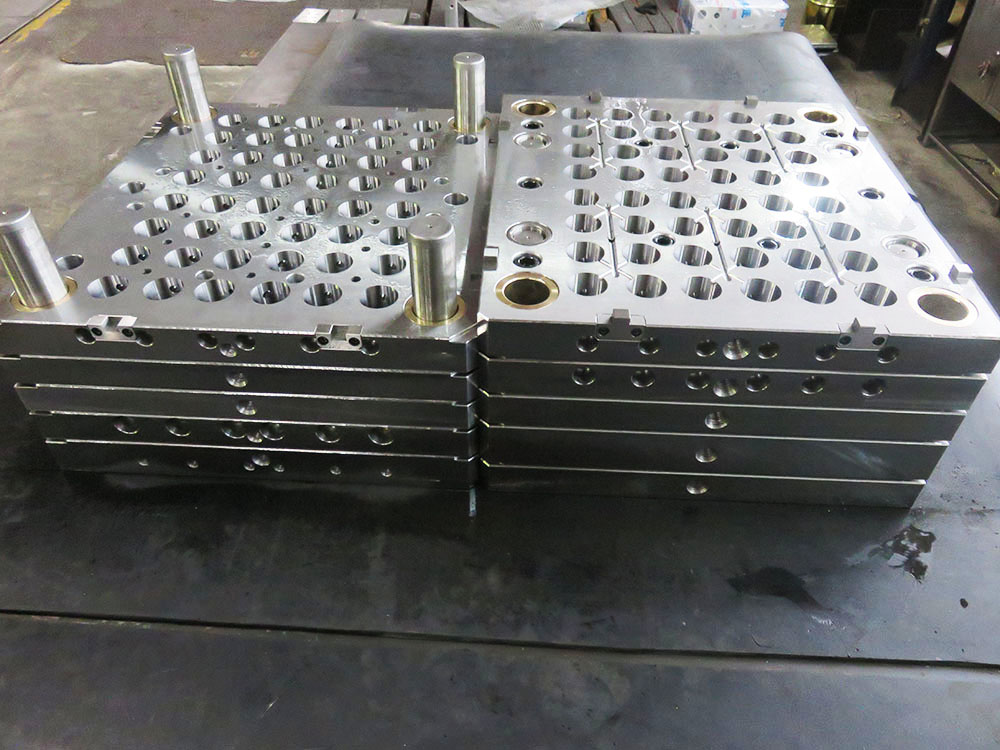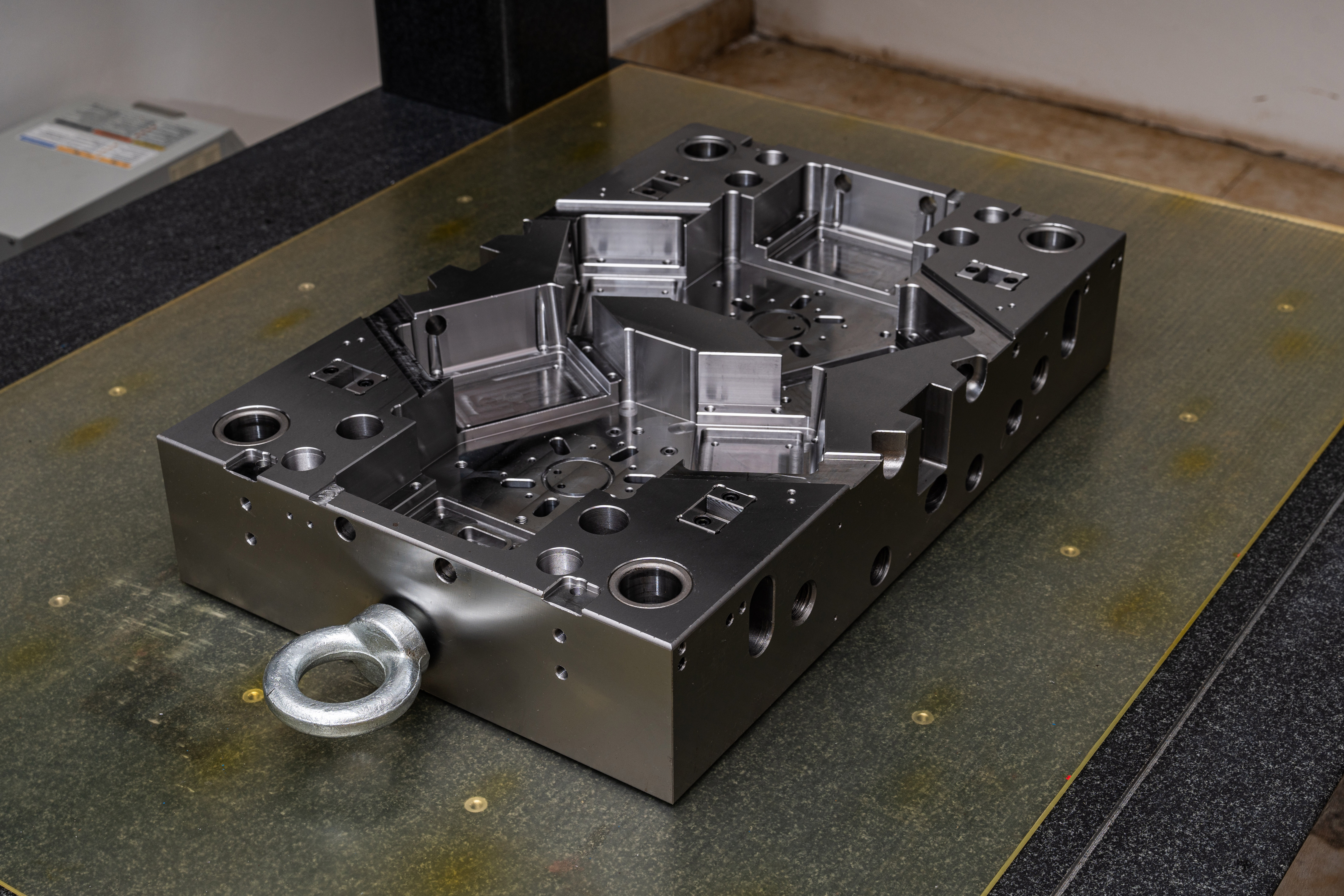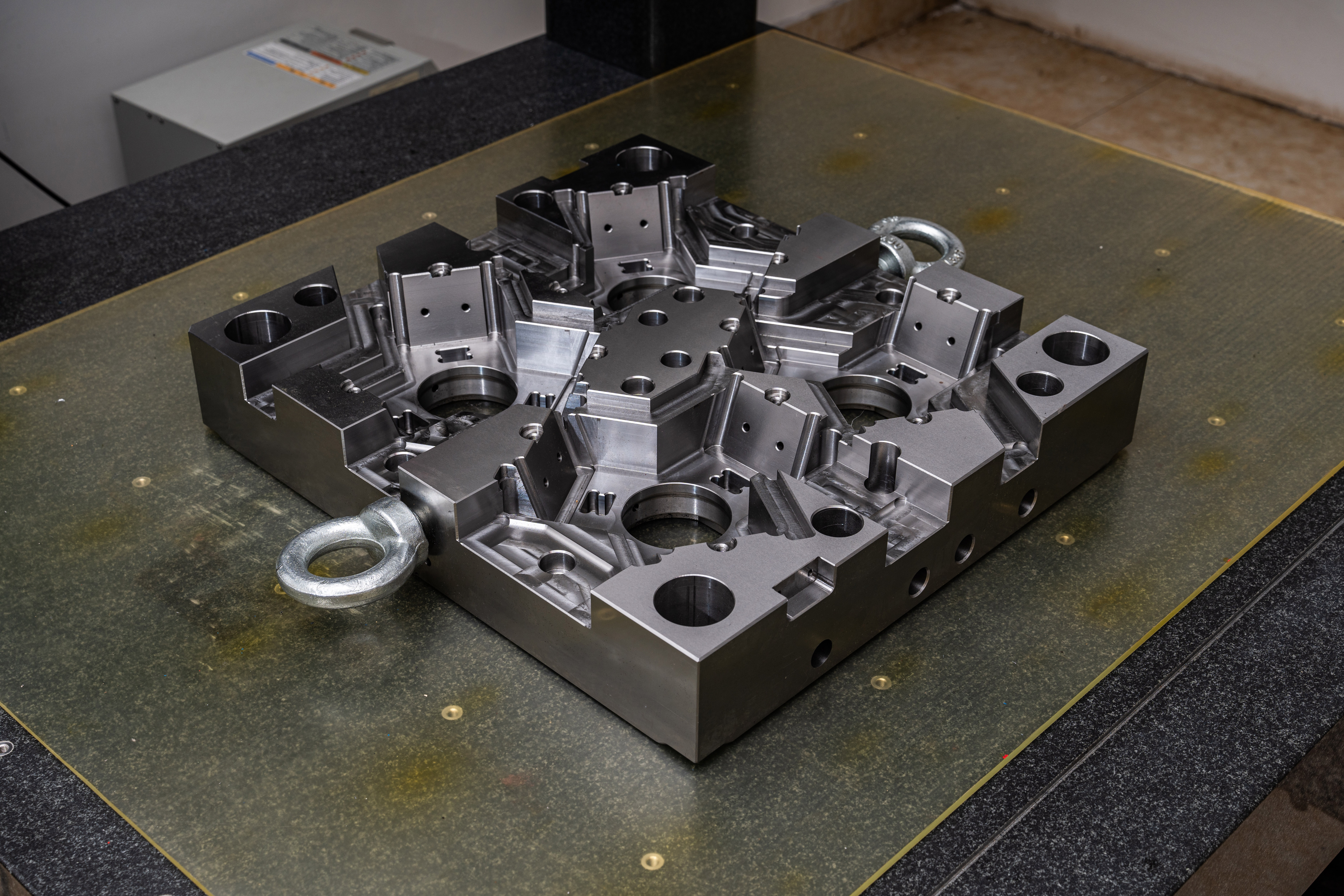Conclusion of Supervision and Acceptance of Subframe Support in the Mold Base Industry
The supervision and acceptance process of subframe support in the mold base industry has proven to be critical in ensuring the quality, safety, and efficiency of mold manufacturing. Through this process, we have observed several key conclusions that highlight the importance of this procedure.
1. Enhanced Quality Control
The supervision and acceptance of subframe support serve as a vital quality control measure. By thoroughly inspecting each aspect of the subframe support, including its structural integrity, precision, and material composition, potential issues or defects can be identified and rectified before they have the chance to compromise the performance of the mold base.
Moreover, this process allows for the implementation of stringent quality control standards, ensuring that every subframe support used in the mold base meets the required specifications, tolerances, and industry standards. This significantly reduces the risk of component failure during the mold manufacturing process and subsequently enhances the overall quality of the final product.
2. Improved Safety Measures
Supervision and acceptance of subframe support also play a crucial role in ensuring the safety of both operators and the manufacturing facility. This process involves thorough evaluation of the subframe support's structural stability and load-bearing capacity.
By adhering to safety regulations and standards, it is possible to identify any potential hazards or weak points in the subframe support that could lead to accidents or equipment damage. Early detection of such issues ensures appropriate remedial actions are taken, thereby minimizing the risk of accidents, injuries, or costly machinery repairs.
3. Optimal Performance and Efficiency
The supervision and acceptance of subframe support contribute to the overall performance and efficiency of mold base manufacturing processes. By closely examining the subframe support and ensuring its proper fit and alignment, mold makers can optimize the accuracy and stability of the mold base.
Furthermore, this process allows for adjustments and improvements in the subframe support design, enhancing its functionality and compatibility with different types of molds and molding processes. The result is an increased productivity, reduced downtime, and improved mold quality.
Overall, the supervision and acceptance of subframe support proves to be an essential procedure for the mold base industry. Through its implementation, manufacturers can maintain and improve the quality, safety, and efficiency of their mold base production processes. By prioritizing thorough inspections, adhering to standards, and rectifying any issues promptly, industry professionals can ensure optimal performance and customer satisfaction in the highly competitive mold base industry.




